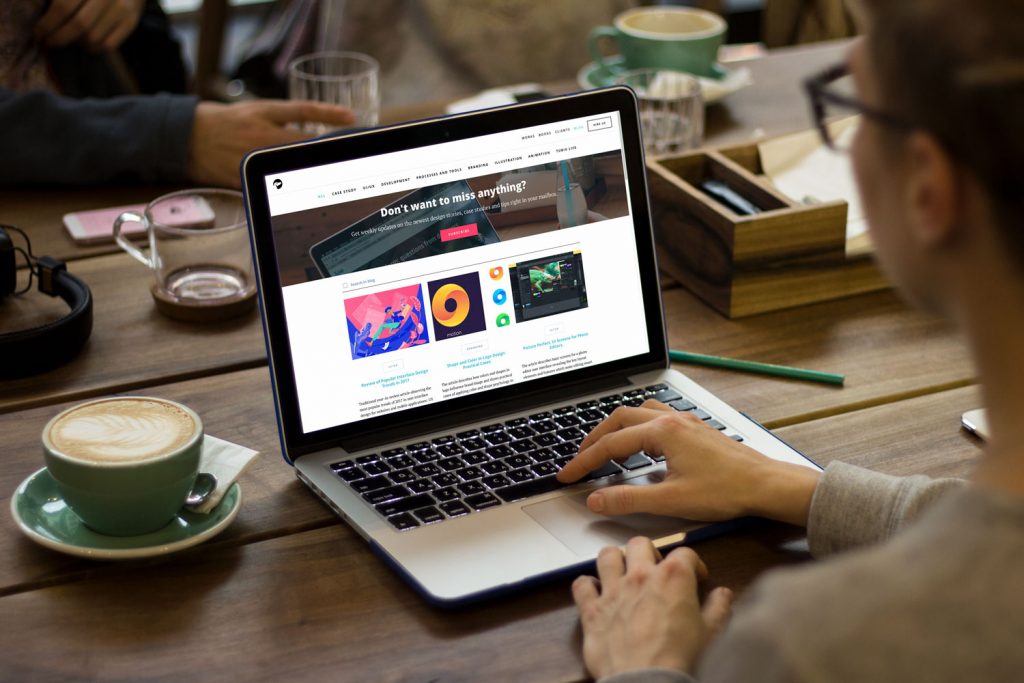In an increasingly competitive digital landscape, providing a personalized user experience (UX) has become essential for engaging users and driving conversions. A tailored approach to UX not only enhances customer satisfaction but also fosters loyalty and improves overall business performance. In this blog post, we will explore strategies for creating a personalized user experience in apps and websites, focusing on understanding user needs, leveraging data, and implementing effective design techniques.

1. Understand Your Audience
User Research
The foundation of a personalized user experience lies in understanding your audience. Conduct thorough user research to gather insights into their preferences, behaviors, and pain points. Utilize methods such as surveys, interviews, and focus groups to gain a comprehensive understanding of your users.
User Personas
Create detailed user personas that represent your target audience segments. These personas should include demographic information, motivations, goals, and challenges. By developing user personas, you can better tailor your app or website’s content and features to meet the specific needs of different user groups.
2. Leverage Data for Personalization
Data Collection
To create a personalized experience, you need to collect relevant user data. This can include information such as browsing history, purchase behavior, preferences, and demographic details. Use analytics tools to track user interactions on your app or website, and implement cookies and tracking pixels to gather data effectively.
Behavioral Analysis
Analyze the collected data to identify patterns and trends in user behavior. This can help you understand what content, features, or products are most appealing to different segments of your audience. Use this analysis to inform your personalization strategy.
3. Implement Personalization Techniques
Dynamic Content
Use dynamic content to tailor the information displayed to users based on their preferences and behavior. For example, e-commerce websites can show personalized product recommendations based on users’ past purchases or browsing history. Content management systems (CMS) can be configured to serve personalized articles or videos based on user interests.
Personalized Messaging
Incorporate personalized messaging in your app or website. Address users by their names and provide relevant content based on their preferences. For example, send personalized email newsletters that feature products or content aligned with users’ interests.
Customizable User Interfaces
Allow users to customize their experience by offering adjustable settings. For instance, provide options to change themes, layouts, or display preferences. This empowers users to create a personalized environment that meets their needs and preferences.
Geolocation
Utilize geolocation technology to personalize content based on users’ locations. For instance, you can display localized offers, events, or news to users based on their geographic area, enhancing the relevance of the information presented.
4. Enhance User Interaction
Interactive Features
Incorporate interactive elements that allow users to engage with your app or website more meaningfully. Features like quizzes, polls, and recommendation engines can provide personalized suggestions while making the user experience more enjoyable.
Feedback Mechanisms
Implement feedback mechanisms to gather user input on their experiences. Use surveys, ratings, and comment sections to understand what users like or dislike. This feedback can guide future personalization efforts and help refine your UX.
5. Ensure Privacy and Transparency
Data Privacy
Respect user privacy by being transparent about the data you collect and how it’s used. Provide clear privacy policies and allow users to manage their data preferences. Offer options for users to opt in or out of data collection for personalization purposes.
Consent Management
Implement a consent management system to ensure compliance with regulations such as GDPR and CCPA. Clearly inform users about data collection practices and obtain their consent before collecting personal information.
6. Continuously Optimize the User Experience
A/B Testing
Regularly conduct A/B testing to evaluate the effectiveness of your personalization strategies. Experiment with different content, layouts, and messaging to determine what resonates best with users. Use the insights gained from testing to optimize your approach continuously.
User Behavior Monitoring
Monitor user behavior continuously to identify changes in preferences or needs. Adapt your personalization strategy accordingly to stay aligned with evolving user expectations.
Conclusion
Creating a personalized user experience in apps and websites is crucial for enhancing user satisfaction and driving engagement. By understanding your audience, leveraging data, and implementing effective personalization techniques, you can create a more tailored experience that meets the unique needs of your users.


No responses yet